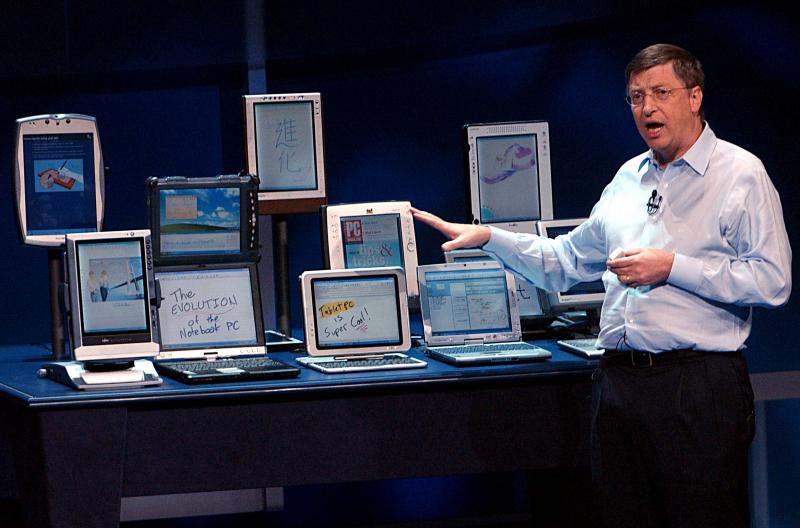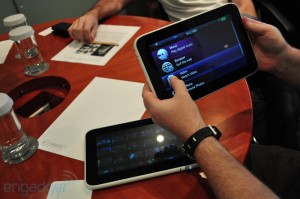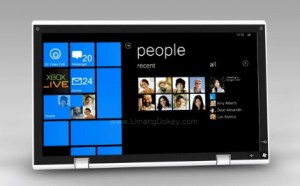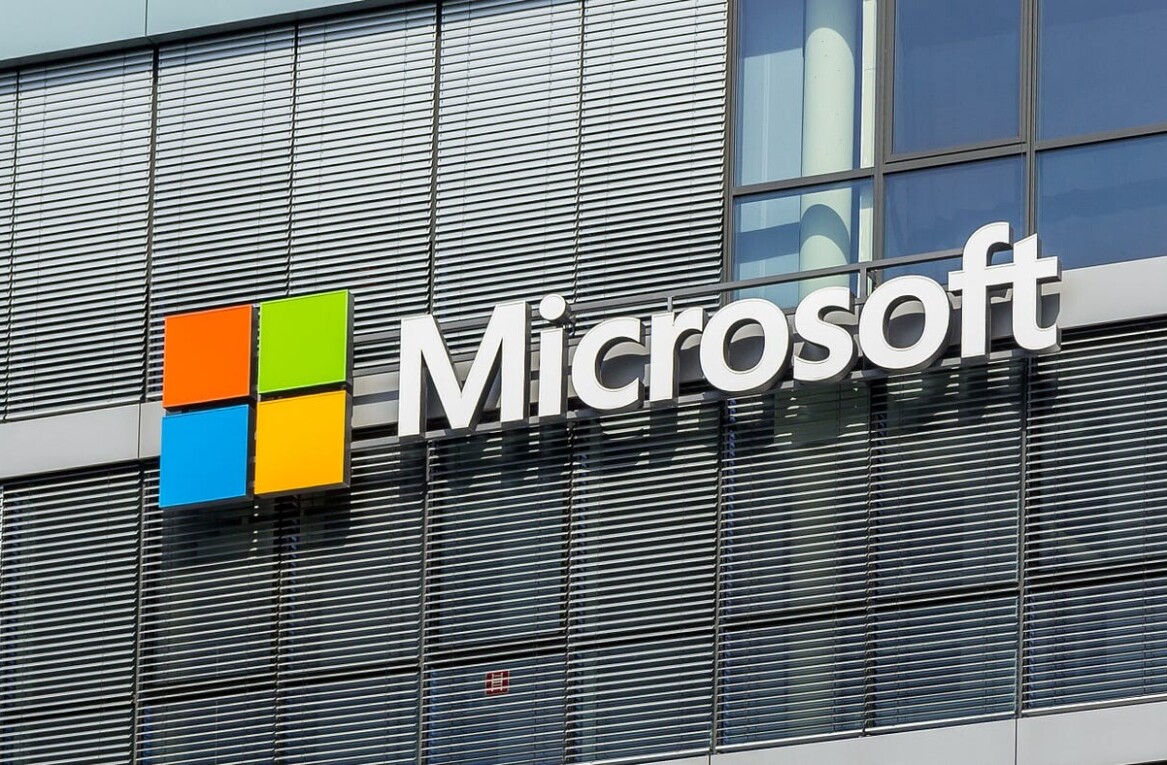
 Bill Gates has been one of the foremost proponents of the tablet form factor and ironically Apple hit instant success, not Microsoft.
Bill Gates has been one of the foremost proponents of the tablet form factor and ironically Apple hit instant success, not Microsoft.
I could ramble about how the Courier, HP’s acquisition of WebOS and Apple iPad affect Microsoft but that’s not what I want to talk about.
Microsoft’s partners have had Windows desktop OS based tablets around for a while, but they never worked. The core problem with these devices was that they used an OS that wasn’t touch friendly and they tried to emulate the desktop environment on a tablet which serves a slightly different purpose. Windows Mobile tried to do the same all this while.

Essentially we had OEMs and Microsoft trying to give users the familiar desktop experience on the phone and tablets. While this reduced the learning curve and provided a similar interface it simply didn’t work.
There are only so many ways a tablet can look, what differentiates it, is the software.
Issue #1: Same interface on all form factors failed.
 Microsoft worked hard to make Windows 7 touch friendly and succeeded quite a bit. Then came Windows Phone 7 with a UI completely different from the desktop, a new panoramic style of scrolling and at Computex there was a tablet prototype running Windows Embedded Compact 7.
Microsoft worked hard to make Windows 7 touch friendly and succeeded quite a bit. Then came Windows Phone 7 with a UI completely different from the desktop, a new panoramic style of scrolling and at Computex there was a tablet prototype running Windows Embedded Compact 7.
Computex had tablet devices running both Windows 7 and Windows Embedded Compact 7 and with WP7 that makes three possible operating systems for the tablet form factor (which I believe is the 8” to 13” segment). Let’s put that in perspective:
- Windows Phone 7 has a completely different UI/UX and is locked, no shells allowed.
- Windows 7 and Windows EC 7 both can be customized to make them suitable for a tablet – big icons, widgets, bigger tabs and text etc. but a Windows 7 customization will still be running a desktop OS.
Anyone who has customized Windows desktop OS with third party apps knows about the performance issues. Not to mention the less powerful tablet hardware and the heating issues. It’s troublesome on the laptops and desktops enough.
 Strip Windows 7 you say? Well, that’s what Windows EC 7 is. At the same time, EC 7 gives OEMs a lot of room to brand and build a custom user experiences, very much like Android. And here’s the best part, you’re not compromising a lot on features. What you are compromising on is, desktop apps or legacy apps. For many this could be the deal breaker but if iPad sales and Windows Phone 7 are anything to go by, PEOPLE DON’T CARE. The guys behind popular Windows Mobile focused blog, WMPowerUser believes that dropping support for the desktop apps on the tablet would be positive. I agree.
Strip Windows 7 you say? Well, that’s what Windows EC 7 is. At the same time, EC 7 gives OEMs a lot of room to brand and build a custom user experiences, very much like Android. And here’s the best part, you’re not compromising a lot on features. What you are compromising on is, desktop apps or legacy apps. For many this could be the deal breaker but if iPad sales and Windows Phone 7 are anything to go by, PEOPLE DON’T CARE. The guys behind popular Windows Mobile focused blog, WMPowerUser believes that dropping support for the desktop apps on the tablet would be positive. I agree.
For the developers I don’t see this to be a hassle though. Silverlight is available everywhere, so you guys can keep crunching out those lines. Let’s try and list the different platforms that Microsoft caters to and what it offers:
- Desktops and Laptops (basically, proper computers.)
- Servers
- Craptops (aka Netbooks)
- Mobile Phones
- Tablets
- Tables (aka Surface)
- Media Players
For the above devices, Microsoft has quite a few offerings:
- Windows
- Windows Mobile 6.x (pretty much dead)
- Windows Phone 7
- whatever the KIN runs.
- Windows Embedded Compact 7 (there’s also an Embedded version that is not compact.)
- Whatever the Zune HD runs (aka Zune OS)
- and a couple other that I don’t even know of.
Issue #2: Three different mobile platforms.
Issue #3: WP7 is restricted by default.
Issue #4: Windows EC 7 doesn’t have an upgrade system similar to that of WP7 and Windows desktop.
 If you see there are currently 3 phone operating systems, 3 embedded offerings, 1 media player OS and then there is Windows. So, it really isn’t easy for Microsoft to decide and more of a decision for OEMs.
If you see there are currently 3 phone operating systems, 3 embedded offerings, 1 media player OS and then there is Windows. So, it really isn’t easy for Microsoft to decide and more of a decision for OEMs.
With Apple, they’ve made it clear, mobile computing is where they see the future heading and as such they’ve got three platforms:
- iPod Classic (it’ll linger on a few years.)
- Mac OS X for the computers (that’s gonna stay.)
- the iPhone OS (that’s where the focus is.)
Their strategy is a bit more clear, not a lot of confusion as to what can be installed on what device. Regarding Google, well if someone can tell me what Chrome OS is meant for and why any OEM should prefer a browser to Android, please enlighten me.
I guess to some extent, Lee Mathews from DownloadSquad is right, we should call them Windows tablets and see what OS works in the market. Personally, I’d rather have WP7 or CE 7 on a tablet.
PS: I drafted this before Ballmer took stage at D8.
Get the TNW newsletter
Get the most important tech news in your inbox each week.





